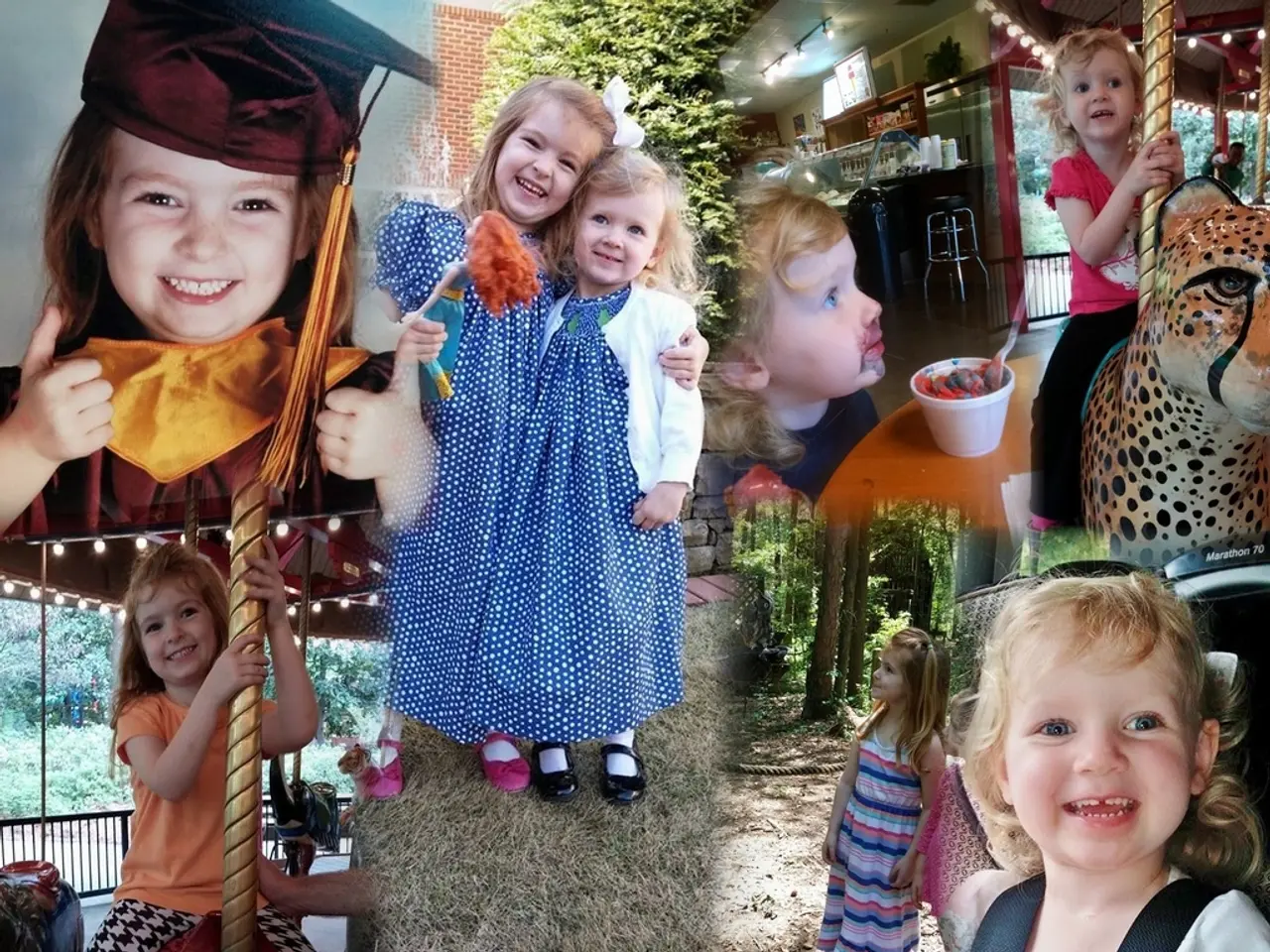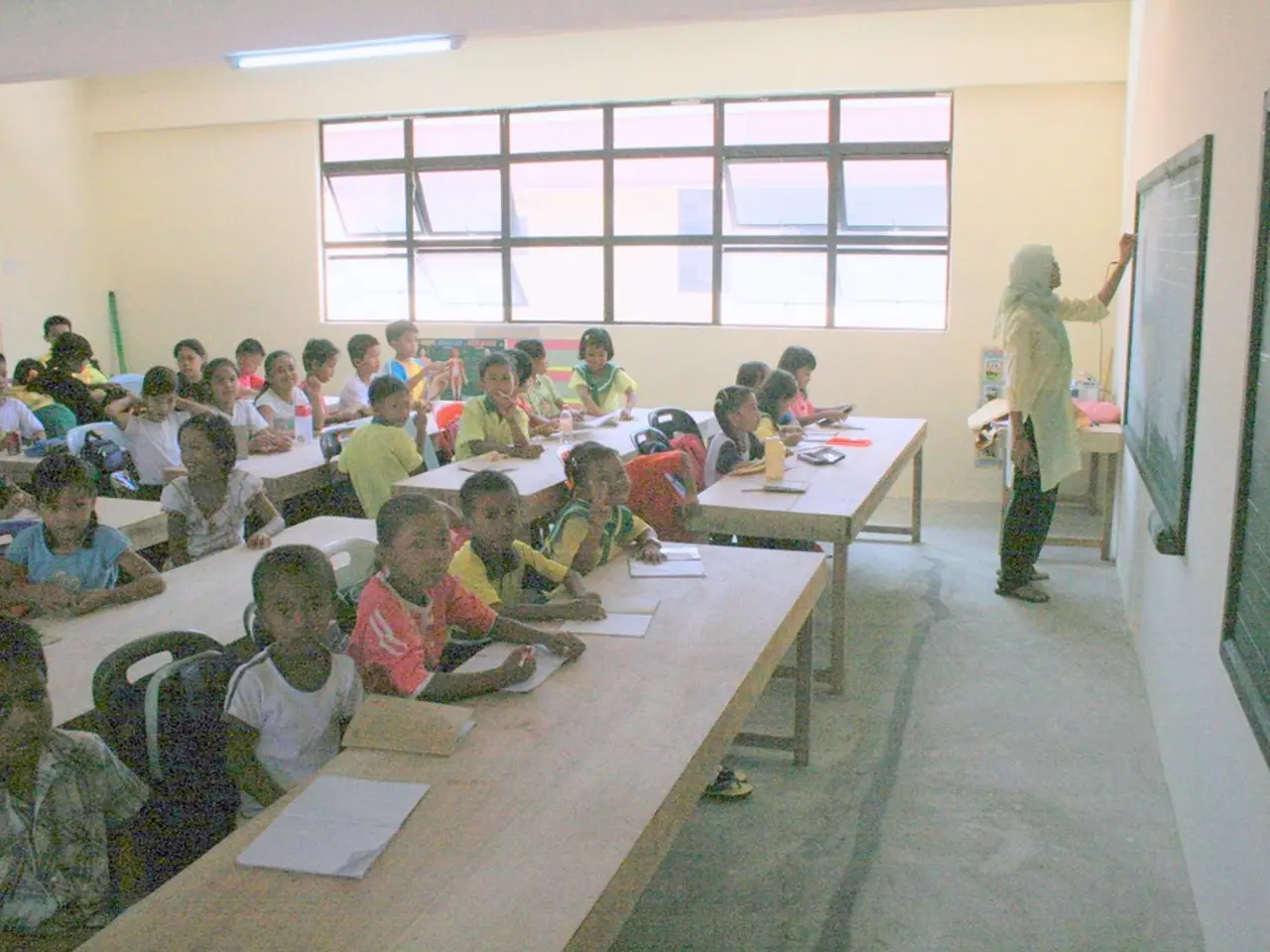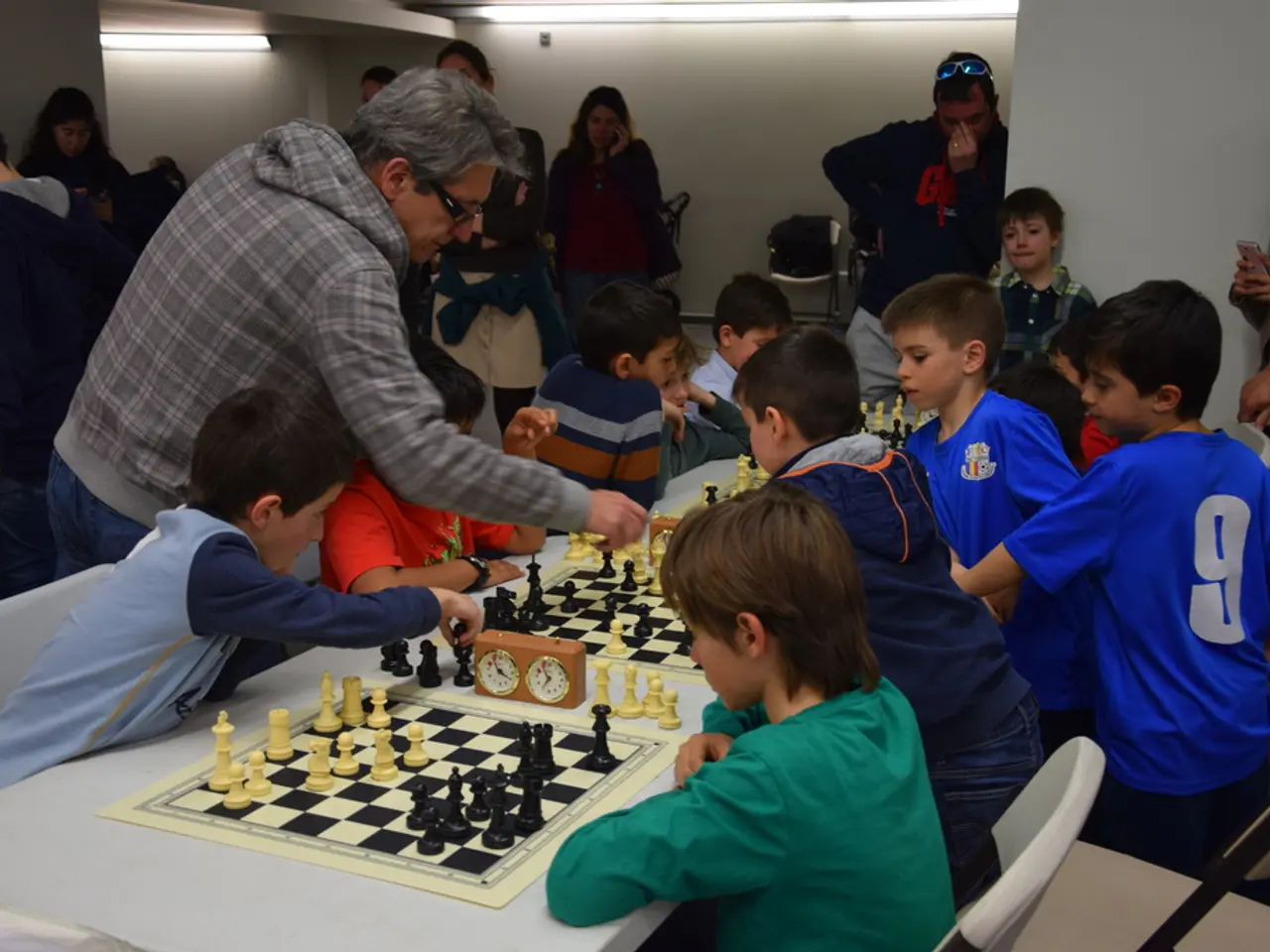Enhancing Inquiry-Centered Education through Fostering Curiosity
In the realm of education, a shift towards student-centered approaches is gaining momentum, with inquiry-based learning and play-based learning emerging as key strategies for fostering critical thinking, creativity, and holistic development in children.
A meta-analysis published in the Review of Educational Research by Furtak et al. (2012) revealed that students in inquiry-oriented classes demonstrated significantly higher achievement and a deeper conceptual understanding, particularly in science and mathematics. This research underscores the potential of inquiry-based learning to revolutionise the learning landscape.
At its core, inquiry-based learning encourages children to ask questions, investigate real-world problems, and actively construct knowledge, promoting deeper understanding and ownership of their learning journey. Museums, such as the Children's Museum, are leveraging this approach to create engaging experiences that spark curiosity and encourage exploration.
Museum facilitators observe that even young children engage in the entire cycle of inquiry when interacting with exhibits, asking questions, proposing solutions, making adjustments, and reflecting. For instance, the Spin Maze exhibit allows children to explore inertia, centripetal force, and kinetic energy, while the Color Lab Table invites children to test, review, and repeat the fundamental behaviors of scientific inquiry.
The value of inquiry-based learning lies in asking better questions, as answers are easily accessible to Google. It equips children with tools to wonder, investigate, and reflect, skills that will serve them long after childhood. Dr. Marta Bianchi, a researcher in science education at the University of Padua, states that children learn more deeply when they have the opportunity to explore their own questions.
Play-based learning, meanwhile, uses imaginative, self-directed play as a natural vehicle for learning, supporting social-emotional skills, creativity, resilience, and self-regulation. When combined, this integration enhances learning by making play inquiry-led and purposeful, allowing children to explore their curiosities intentionally while developing cognitive and social skills simultaneously.
Integrating inquiry-based learning and play-based learning in early childhood education creates a dynamic, student-centered environment that fosters critical thinking, creativity, problem-solving, and holistic development through exploration and hands-on experiences. This combination aligns with current research and early education frameworks advocating for purposeful, explorative learning through play.
Children's Museum exhibits, such as the Shadow Splitter, which encourages self-guided inquiries about optics, color mixing, and the behavior of light, and the Butterfly Effect, which teaches children about systems thinking and cause-and-effect relationships, embody this integrated approach.
Parents notice their children's persistence, focus, and joyful experimentation when interacting with exhibits like the Spin Maze, indicating true learning without pressure, lessons, or tests. This approach nurtures the scientist, the inventor, and the problem solver in every child.
For those interested in delving deeper into inquiry-based learning, resources include Creating a Culture of Inquiry in Schools from the Harvard Graduate School of Education, UC Davis - Curiosity and the Brain, and OECD - Teaching for Understanding. By embracing inquiry-based and play-based learning, we are not only equipping our children with the skills to succeed academically but also fostering a lifelong love of learning.
In this dynamic learning environment, children's home-and-garden for exploration expands beyond school desks, as museums like the Children's Museum cater to their curiosity through inquiry-based learning. Moreover, the integration of inquiry-based learning and play-based learning in early childhood education provides a nurturing ground for children to develop education-and-self-development skills, including critical thinking, creativity, and holistic development.




